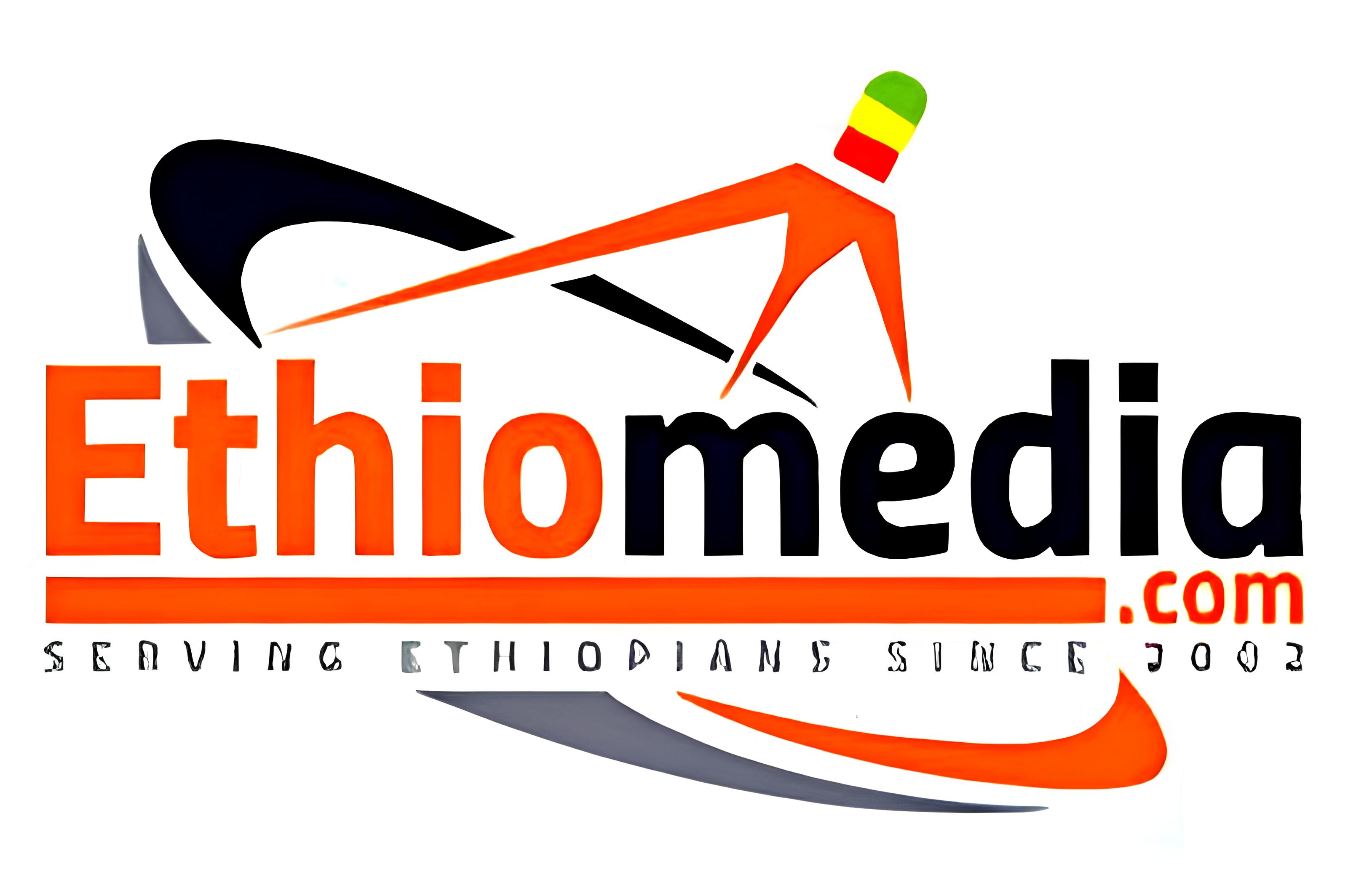|
Advancing Ethiopia’s Struggle for Change
By Tesfaye Demmellash (PhD) – Part I April 13, 2014
What the I shall It In this The Keeping A Just The So why bother It stands This level Direct The It seems The main But, more True, Apparatus Ideas But we For one Moreover, This is In sum, This grasp The Woyane Ethiopian In Identity so In a more In this In summing Second, an It should Third, the I would So, And Finally, I believe The More Bizarre as
Ethiomedia.com – An African-American news and views website. Copyright 2013 Ethiomedia.com. Email: [email protected] |

